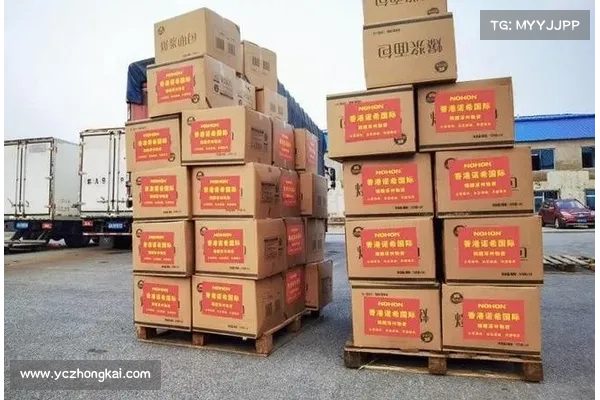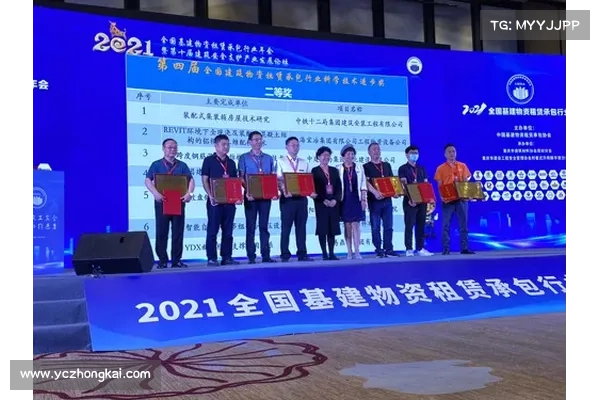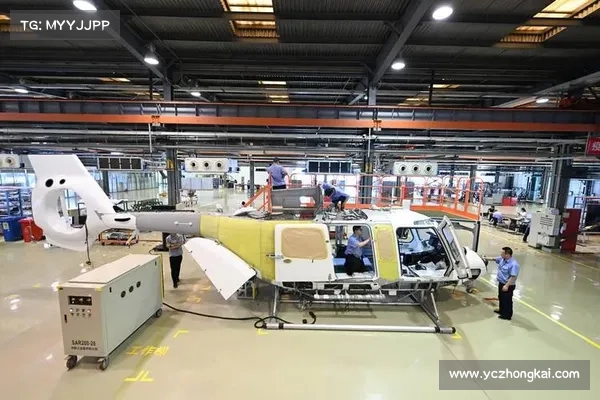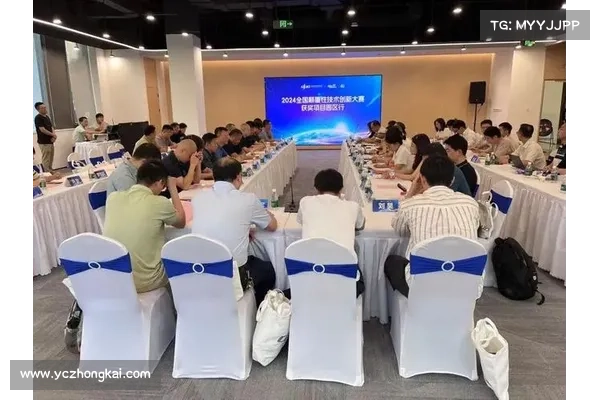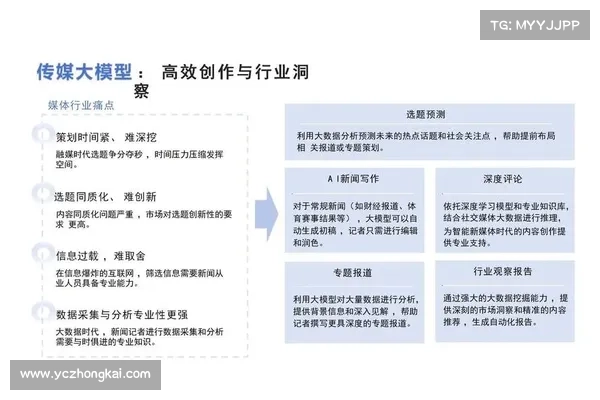如何根据涿州市灾后需求选择合适的赈灾物资与援助策略
Certainly! Here's a structured approach to the article on selecting appropriate disaster relief supplies and aid strategies for ZHUOZHOU City based on post-disaster needs:
**Abstract:**
In response to disasters, selecting the right relief supplies and aid strategies for ZHUOZHOU City demands a strategic approach tailored to local requirements. This article explores key considerations, from assessing immediate needs to cultural appropriateness, logistical feasibility, and sustainability, aiming to guide effective disaster response efforts.
**1、Assessment of Immediate Needs**
Understanding the immediate needs post-disaster is crucial for effective relief efforts. Initially, rapid assessment teams should evaluate infrastructure damage, essential service interruptions, and the extent of displacement.
Following this assessment, prioritization of supplies like food, water, medical aid, and temporary shelter becomes imperative. Coordination with local authorities and community leaders helps in aligning aid with actual demands on the ground.
Furthermore, considering seasonal factors and local climate ensures that relief items are suitable for prevailing conditions, enhancing their utility and impact.
**2、Cultural Sensitivity and Appropriateness**
Cultural sensitivity plays a pivotal role in selecting relief supplies and aid strategies. Understanding local customs, dietary preferences, and religious practices is essential to avoid inadvertently offending or causing discomfort among affected populations.
Moreover, involving community representatives in decision-making processes fosters trust and ensures that relief efforts respect cultural norms and preferences.
九游会(J9)真人游戏第一品牌Adapting aid strategies to fit within existing community structures and practices enhances acceptance and promotes effective distribution and utilization of resources.
**3、Logistical Feasibility and Distribution**
Ensuring logistical feasibility is critical to the successful delivery of relief supplies. Establishing efficient distribution channels, such as local distribution points and transportation networks, minimizes delays and maximizes reach.
Utilizing technology for real-time tracking of shipments and supplies improves accountability and transparency throughout the distribution process.
Collaboration with local logistics experts and agencies optimizes resource allocation and delivery timelines, addressing immediate needs promptly and effectively.
**4、Sustainability and Long-Term Impact**
Considering sustainability in relief efforts involves planning beyond immediate response to promote long-term recovery and resilience. Investing in rebuilding infrastructure, restoring livelihoods, and enhancing local capacity strengthens communities’ ability to withstand future disasters.
Implementing sustainable practices in relief operations, such as using eco-friendly materials and promoting community-based disaster risk reduction initiatives, fosters environmental stewardship and resilience.
Engaging with local stakeholders and leveraging international partnerships ensures continuity of support and fosters a comprehensive approach to disaster recovery and preparedness.
**Summary:**
Effective disaster response in ZHUOZHOU City hinges on a thorough assessment of immediate needs, cultural sensitivity in aid distribution, logistical feasibility, and a commitment to sustainable recovery. By aligning relief efforts with local realities and long-term goals, communities can rebuild stronger and more resilient infrastructures.
Ultimately, integrating these strategies ensures that relief supplies not only meet immediate needs but also contribute to sustainable development and community empowerment in the face of adversity.
